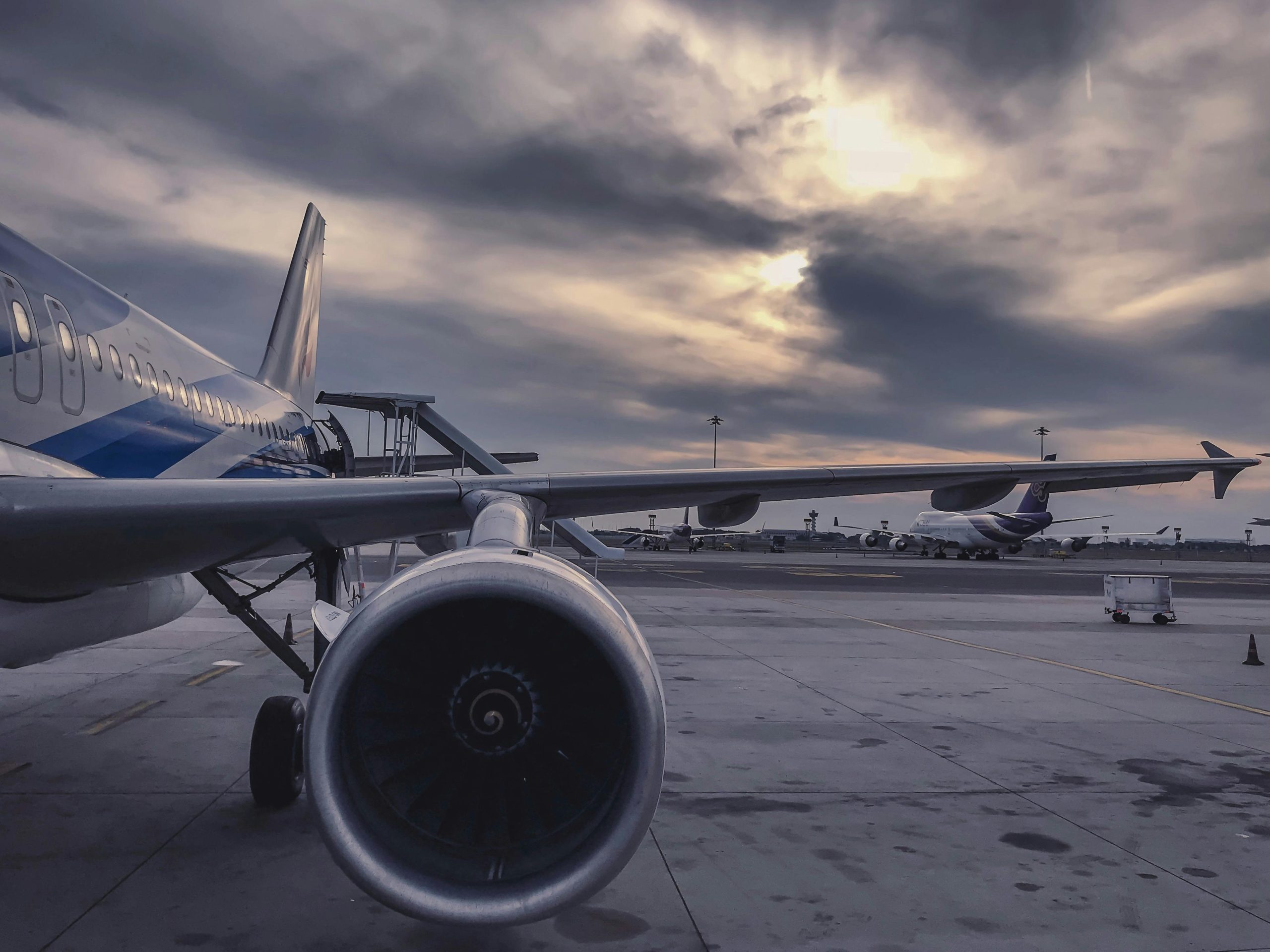A new era in aviation: the FAA brings rules to flying taxis and vertical takeoff electric aircraft

The US Federal Aviation Administration (FAA) recently approved a set of new rules for electric vertical take-off and landing (eVTOL) aircraft, which includes flying taxis and other forms of modern air travel. The move comes as the first in nearly 80 years since the creation of the new aircraft category, with the last time similar rules were introduced in 1940 with the introduction of helicopters. The FAA has indicated that this paves the way for the development of new forms of future air travel, where eVTOL technology will play a significant role.
The new category of aircraft, referred to as “powered-lift,” is designed to enable the use of electric aircraft in cities and high-density areas where traditional aircraft often cannot operate effectively. Buoyancy-powered aircraft have specific design features – they are capable of vertical take-off and landing like helicopters, but switch to a horizontal airplane-like mode during flight, improving their efficiency and range. The new aircraft could be used for a wide range of services, including air taxis, delivery services or rescue operations where fast movement and route flexibility play a key role.
The rules published by the FAA include comprehensive guidelines for pilot training, operational requirements and the establishment of safety standards, including minimum flight altitudes and visibility conditions. “This set of rules represents the first new category of aircraft in nearly 80 years,” said FAA Director Michael Whitaker, adding that the approval of these rules is an important milestone that will open the door to new opportunities in aviation. Whitaker also stressed that the move is a reflection of modern technology that could revolutionize urban transportation.
The new rules are a response to the rapidly growing number of companies working to develop electric eVTOL aircraft with the potential to change the way cities travel. Companies such as Joby Aviation, Archer and Wisk are among the pioneers of the technology and have ambitious plans for the launch of commercial air taxi services in the next few years. However, the FAA has said that the complete process of certifying the aircraft will be time-consuming and it could take years before these new machines receive all the necessary permits for commercial operation. Joby Aviation and Archer are among the companies that experts say are close to certification and are making good progress. Joby Aviation issued a statement after the rules were published praising the FAA for its rapid implementation of the regulations, which they say will solidify the U.S. position as a global leader in eVTOL technology. Joby Aviation founder and CEO JoeBen Bevirt said in a statement, “The newly approved regulations will ensure that the United States remains a global leader in the development of this field.”
The new electric-powered aircraft are a greener alternative to traditional aircraft, as they produce significantly fewer emissions and are quieter. As a result, they can also be used in densely populated urban areas where conventional aircraft would cause excessive noise and environmental pollution. Tilt-rotor aircraft, which allow vertical take-off and landing, also do not need long runways, meaning they can operate from small areas or building rooftops, which could greatly simplify and speed up transport within cities.
This year, the US Congress gave the FAA greater authority to regulate these new types of aircraft to ensure that the US stays on the cutting edge of innovation in this area while ensuring maximum safety for users and the public. It has also opened the door to the development of Urban Air Mobility (UAM), which could significantly transform transport systems and reduce the burden on traditional road infrastructure.
In the area of flying taxis and air vans, the future is promising but dependent on how quickly and efficiently these technologies can pass the certification process and meet the stringent safety standards set by the FAA.
Photo source: www.pexels.com
Author of this article
WAS THIS ARTICLE HELPFUL?
Support us to keep up the good work and to provide you even better content. Your donations will be used to help students get access to quality content for free and pay our contributors’ salaries, who work hard to create this website content! Thank you for all your support!





OR CONTINUE READING